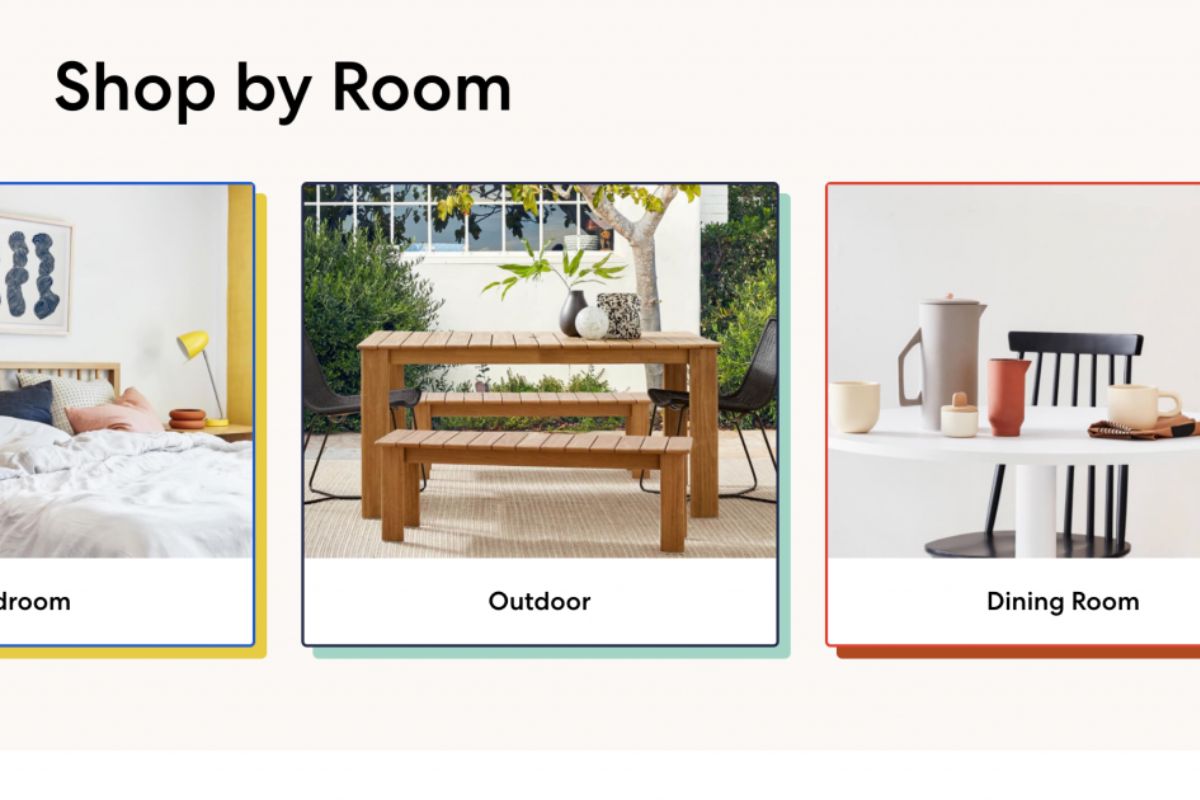SUBSCRIPTION POV #9
By Morten Suhr Hansen
The Danes wish to subscribe more. That is evident in our Scandinavian Subscription Survey, completed in december 2020. Danish households have, on average, 17 subscriptions on everything from streaming subscriptions to mealboxes, glasses and contact lenses.
At the same time, most Danes believe that they will have even more subscriptions in the future and that correlates with the growing desire to rent products, instead of owning them. In other words, subscriptions are not reserved for fast-moving consumer products. We expect to see an increase in subscriptions on long-term consumer goods, like cars and electronics.
Det er ikke mindst de unge forbrugere, dem under 40 år, som sætter pris på den fleksibilitet, der ligger i abonnementet fremfor ejerskabet.
Especially young consumers, under 40, appreciate the flexibility that a subscription offers as opposed to ownership.
Why not furniture on subscription?
However, it is far from every industry that has come far with adapting their business to the expectations of the consumer. I’ve recently experienced this myself and I could really feel it. I’m in the middle of a big moveout. My house in a Copenhagen suburb has been sold and soon, my family will move in to a large apartment in the middle of Copenhagen. As per usual with me, it is a rental and with a move like this, a need for new furniture emerges.
I’ve already gone ’all-in’ on the subscription movement. Naturally, I subscribe to my car and my bicycle. My wife already races to work on a new electric bike, on a subscription from Swapfiets. My glasses are on a subscription, our meal boxes on subscription, and so on.
Therefore, I had decided that a part of my new furniture was to be on a subscription. There are several reasons for this. First of all, the rented apartment is temporary. We might move out in a few years when the youngest has left the nest and with a move, new requirements emerge. Second, I’ve learned to appreciate the flexibility of a subscription. The possibility to swap out my stuff, if I feel the need to change to something else.
Problemet er blot, at der ikke er nogle danske virksomheder, der giver mig mulighed for at abonnere på møbler. Den svenske gigant IKEA har længe talt om det, men de har rent faktisk ikke lanceret det endnu. Mulighederne findes ganske enkelt ikke.
The problem, however, is that there are no Danish companies, giving me the opportunity to subscribe to furniture. The Swedish giant IKEA has talked about it for a long time but hasn’t launched any subscription concept yet. The possibility is simply not there.

Foreign furniture subscriptions show the way
So, is it because consumers don’t want to subscribe to furniture? It’s clear that there will always be consumers that want to buy their own furniture. Just like consumers buy glasses and cars. My assertion, though, is that a part of consumers are ready and even more will be, when the possibility is there.
So it must be because you cannot create a sensible subscription model for furniture, right? Not at all! Take a look at the American company Feather, who offers thousands of pieces of furniture on a subscription and collects them in different subscription plans. With the use of Feather’s ’style quiz’, the subscriber is assisted towards the perfect combination.
The selection at Feather is priced around the middle of the market, in between IKEA on one side and expensive designer furniture on the other. However, in the expensive category, there are options. American ZZ Driggs lets its customers subscribe to high-end designer furniture on a monthly basis.

What are the challenges of switching to a new business model?
The answer must be that Danish and other Scandinavian furniture producers and retailers haven’t recognized the large and exiting market, where you have a unique opportunity to put the customer at the center and create a business model that works – long into the future.
Perhaps, it is caused by natural inhibitions, making it hard to switch to a new business model. If you suddenly have to sell your furniture in a subscription, it means that the cost of the product hits you right away, but the payments will only come over time. This makes it hard to “figure it out” as opposed to with a traditional furniture store. Here, you know what you’ve made (or lost), when the product is sold and out the door. A subscription model demands a whole other scale and, in the short run, it can be a liquidity challenge. On the other hand, the value can be much larger in the long run.
So, there are many reasons why traditional businesses have a hard time moving into subscriptions. The problem for them, however, is that if they don’t open their eyes to subscriptions as a key business model, it will open doors for others to come in and take over a part of the market.

Signs from other industries must be frightening
Today, European bike lanes are increasingly occupied by blue front tires from the subscription business Swapfiets. A Dutch startup that, in just a few years, has taken a large part of the market from bike dealerships. Could this have been avoided, if the large bike chains hadn’t slept in class?
Of course. The same risk is evident for the furniture industries, as well as many other industries.
However, this insight won’t help me with my problem, anytime soon. So within the next few weeks, I will have to buy furniture for my coming home.
Hopefully, for the very last time.


